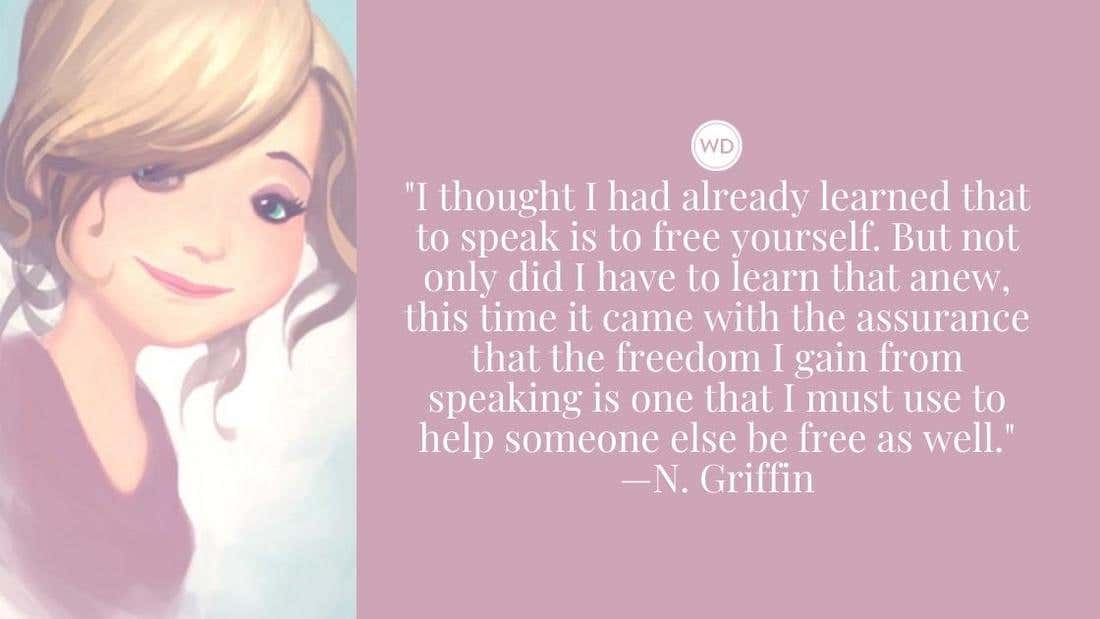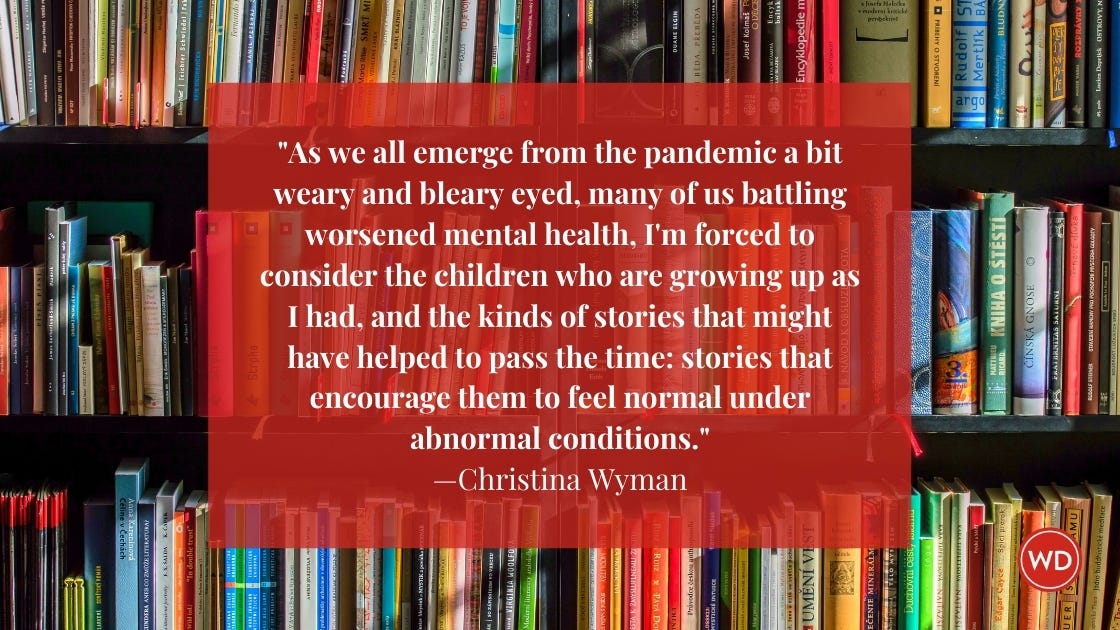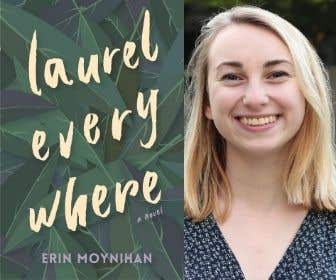How to Be a Kid Againor at Least Think Like One
Marcia T. Jones and Debbie Dadey provide several idea generators to help you get inside the mind of your younger characters. Here are five sense activities to help you recall the vivid experiences and emotions of childhood.
Finding compelling ideas for today's young readers is imperative to creating successful stories. One of the best places to find those ideas is your own childhood. Don't worry, you don't have to cry out, "I can't remember what it was like to be a kid!"
There are ways to be a kid again. The following techniques will help you recall things you haven't thought about since you were young. Use them to generate new ideas and to expand the ideas you already have. Once you dig up memories, emotions and ideas using webbing, letter writing, your five senses and what-iffing, you'll be able to write vivid stories that kids can't wait to read.
Webbing
Webbing goes by many names, including ballooning, clustering and mind mapping. No matter what you call it, webbing is one of the most effective ways to ignite idea sparks. Webbing's non-linear format encourages creativity while providing visual logical connections that help organize your thinking.
It's simple. Simply start with an idea, word, memory or phrase and put it in the middlethe centerof your paper. Then, free associate around your "central idea." Whatever your brain blurts, jot it down anywhere on the paper. Circle the brainstormed ideas and draw lines to the central idea as a reminder that all your ideas are connected. Keep going until you sense a shift from random association to a more focused cluster around a specific subtopic. The end result looks something like dandelion seeds ready to be scattered by the wind.
Webs are great for developing ideas, but are also helpful for discovering your focus.
Your five senses
Close your eyes. Breathe deeply. Can you smell Dad's chicken coated with pepper-seasoned flour then slow-fried on a cold Sunday afternoon? Listen. The cardinal is perched on Mrs. Springgate's television antennae again. Can you hear it singing, "purty, purty, purty"? And if you look out the window, can you see the fall breeze ruffling flame-tinted leaves on the sugar maple tree?
Your five senses can be an exciting starting point for ideas. Using your senses will help trigger dormant ideas as you're transported back to your childhood memories. Call on your five senses to help you recall those memories and emotions.
What-iffing
One of the easiest roads to new ideas is to take a normal childhood situation and say, "What if?" In our first book, Vampires Don't Wear Polka Dots, we took the ordinary situation of a third grade class and said, "What if the third grade teacher really was a vampire?" We kept "what-iffing" until we had the beginnings of a story. Take a look at the progression of our what-iffing exercise to see how our story developed.
"What if a group of kids were so bad they chased off their teacher?"
"What if they suspected the replacement was a vampire?"
"What if she moved into a haunted house?"
"What if the kids suspect she has magic power?"
"What if one of the kids pushed her too far?"
What-iffing is incredibly easy and fun. It's also one of the most powerful strategies available to writers.
Letters
Do you remember the excitement of going to the mailbox and finding something other than bills and advertisements? Rekindle that excitement by writing letters and work on story ideas at the same time.
Take the time to write letters to family and friends. Fill you letter with the details of your life, memories of the past and hopes for the future. After writing your letters, examine them closely. Our lives are filled with story fodder. Detailing how the drought has killed your garden in a letter to your grandmother might provide you with an article idea. Jotting a note to your best friend from the third grade could give you an idea for a poem. A letter to your sister remembering the fight you had over a card game could be the spark you need for a story.
The great thing about real letters is that you receive answers. Those letters can be filled with story ideas, too!
Writing fictional letters encourages a natural writing voice, keeps you focused on the audience and helps you clarify your purpose. Writing letters from the perspective of a child will generate fresh ideas and help you ease into actual drafting using a natural voice.
Webbing, letter writing, five senses and what-iffing will help you recall vivid experiences and emotions. Those memories are the key to generating fresh ideas for your children's stories, articles and poetry.
Read more idea exercises from Jones and Dadey
Marcia Thornton Jones and Debbie Dadey are the authors of Story Sparkers: A Creativity Guide for Children's Writers.









